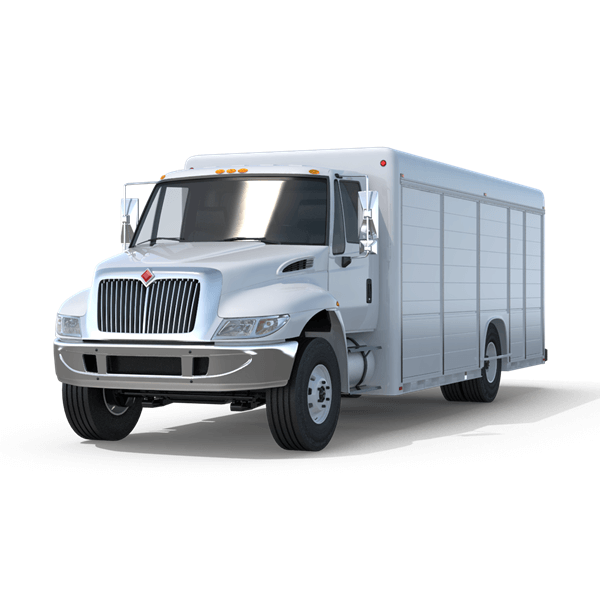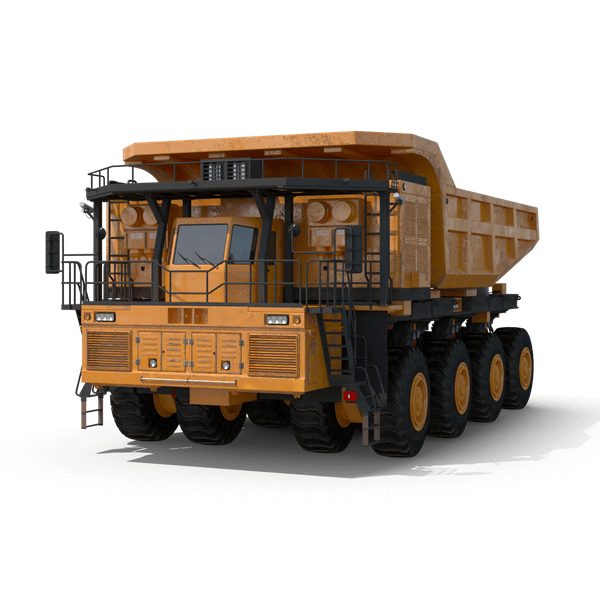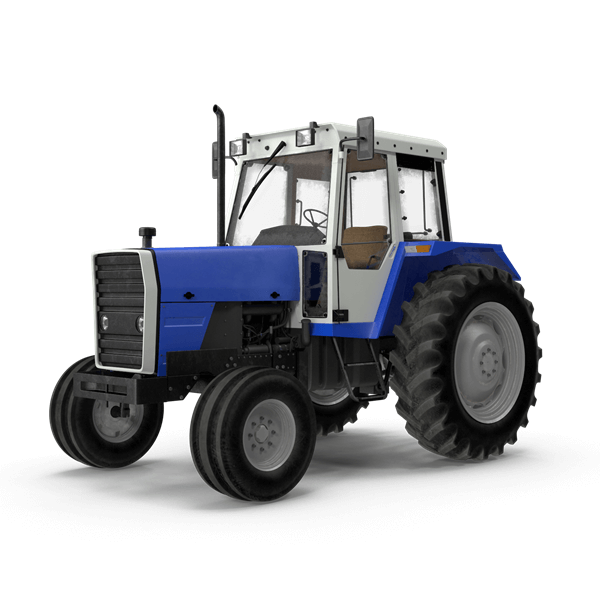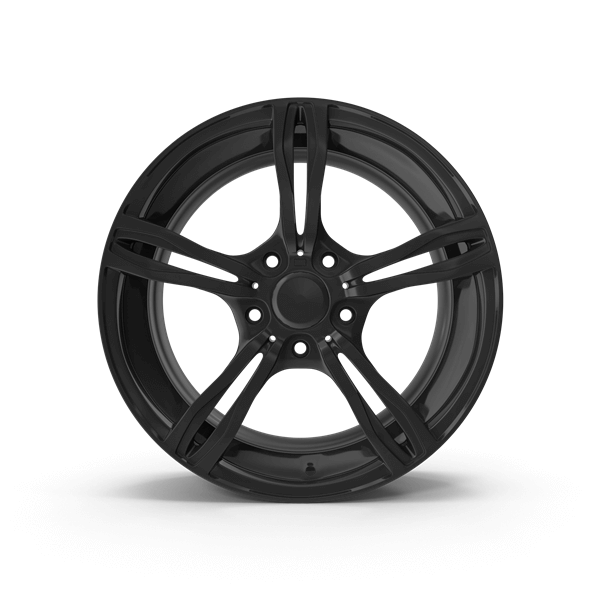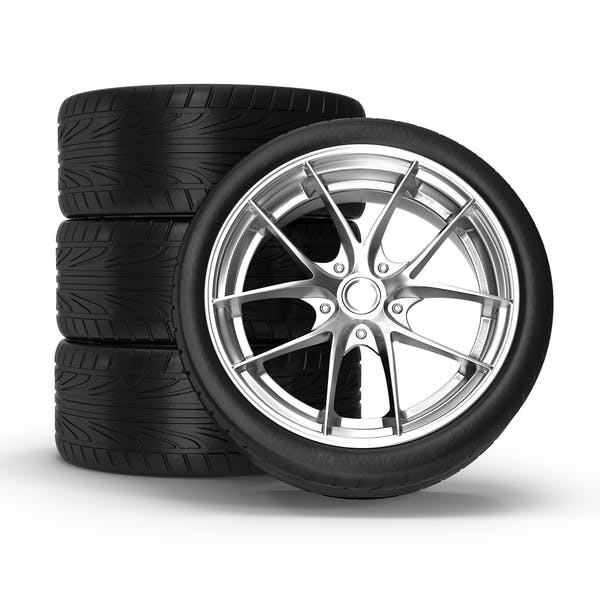Industry News
HOW TO CARE FOR YOUR TIRES
Views : 5180
Update time : 2005-01-11 10:20:00
While it's easy to overlook those four patches of rubber called your tires, performing a few simple checks can yield better fuel economy and improved vehicle handling. Since most tire damage and wear is a result of driving on tires that are improperly inflated, tire experts suggest checking your air pressure once a month.
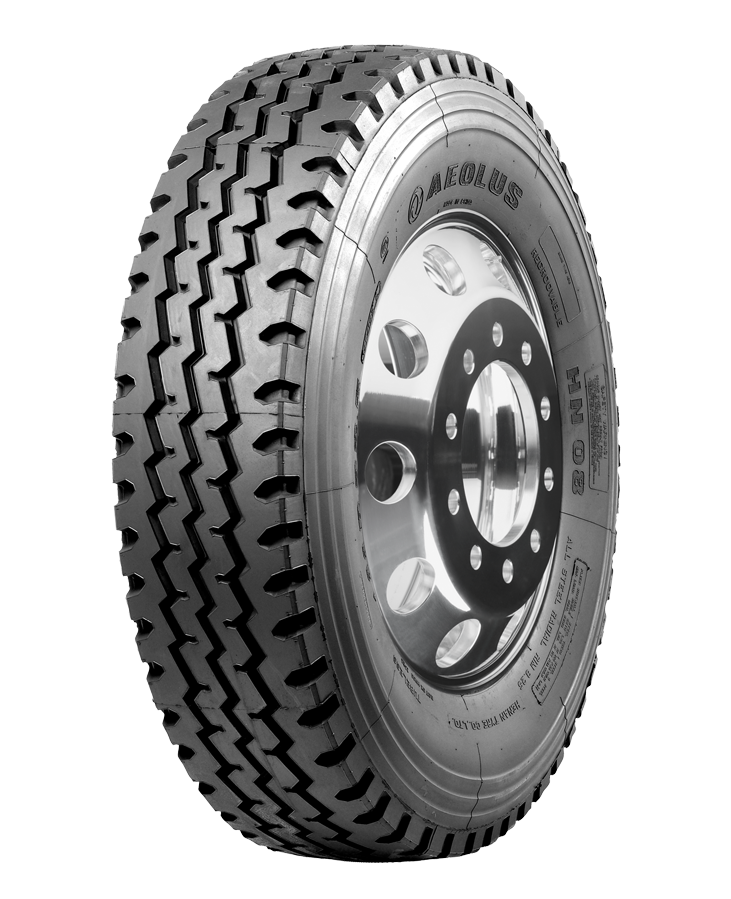
Maintaining proper tire pressure is important for many reasons other than reducing the potential of a flat tire or a blowout. In order to achieve optimum handling from your vehicle, from everyday driving to making emergency maneuvers, tire pressure needs to be at the proper inflation level. Even a tire that doesn't appear to be low on air can result in reduced vehicle handling and excessive tread wear.
Tires that are not at the correct air pressure will also increase the rolling resistance (the friction that occurs when an object rolls) of the vehicle. Under-inflated tires, for example, result in increased rolling resistance and therefore require more energy (or fuel) to move the vehicle, which negatively impacts fuel economy. According to the Department of Energy, keeping tires inflated properly improves fuel economy by approximately 3.3 percent. Tires that are over-inflated result in reduced levels of handling performance because less rubber is in contact with the road.
Improper inflation puts unnecessary stress on your tires and can result in excessive or uneven wear. When this happens, it compromises the ability of the tires to perform and often results in premature tire wear-and the necessity to replace them sooner than expected. Tires with excessive or uneven tread wear can also lead to an accident.
How to check your tire pressure
To check tire pressure, use an air pressure gauge. These inexpensive items are available at auto parts stores, gas stations, or in the automotive section of department stores. Many gas stations have one that you can borrow in a pinch.
First, consult your owner's manual or the label inside the driver's door jamb to find out what the recommended air pressure is for your vehicle. The number is expressed in "psi" (pounds per square inch). The manufacturer has determined the correct pressure for each vehicle and tire combination and may also list a "hot" pressure, for when tires are warm, and a "cold" pressure if you've driven just a few miles (such as from your home to the gas station to check your tire pressure). There may even be special tire pressure recommendations based on the number of passengers or if the vehicle is used for towing. Importantly, the psi number noted on the sidewall of the tire is the maximum pressure of the tire and is not the proper inflation level for the vehicle.
To check the air pressure, unscrew the cap from the tire's valve stem and place the round end of the gauge over the stem. Push down with some force to ensure there is a good seal, otherwise, the reading will be incorrect (and you may also lose air pressure). To determine what the tire pressure is, read the numbers and lines on the bottom of the gauge. If you're not sure the reading is accurate, repeat the procedure one or two more times.
Check all four tires and add or remove air as needed to equalize the tire pressures. To add air, use the air compressor at any gas station, which will frequently cost you a quarter or two. To remove air, simply use the non-rounded end of your gauge, and push it in to the valve stem. As the valve is being depressed, the escaping air will make a hissing sound. Use the gauge to check the pressure several times until the proper psi reading is reached.
Perform a simple tire inspection
In addition to checking your air pressure, also look for signs of tire wear, such as cracks in the sidewall, or foreign objects embedded in the tire, such as nails or screws. Check the tread depth using a simple "penny" test. Take a penny and place it with President Lincoln's hair downward between the grooves of the tread at the top of the tire. As long as part of his head is obscured by the tread, you have the legal amount of tread remaining on your tires. Check the tread depth in several places on each tire to spot uneven tread wear. If you see Abe's full head in some areas, then it's time to purchase new tires.
Signs of tire problems
Although there is no replacement for using a tire gauge to check the inflation levels, there are a couple of signs that your vehicle's tires may be improperly inflated. When driving down a straight, level road, check to see if the car pulls to one side or the other. While this "pulling" may be caused by improper alignment, it may also indicate a tire issue-especially if you are certain that the alignment is correct or if the vehicle recently had an alignment service. If the center section of the tread is smooth, your tires may be over-inflated. Likewise, if the outside sections or edges of the tire tread are worn or rounded, your tires may be under-inflated. Also, listen for any squealing sounds when turning a corner at normal speeds. While these things can be symptoms of other problems, they are frequently signs of improperly inflated tires.

Maintaining proper tire pressure is important for many reasons other than reducing the potential of a flat tire or a blowout. In order to achieve optimum handling from your vehicle, from everyday driving to making emergency maneuvers, tire pressure needs to be at the proper inflation level. Even a tire that doesn't appear to be low on air can result in reduced vehicle handling and excessive tread wear.
Tires that are not at the correct air pressure will also increase the rolling resistance (the friction that occurs when an object rolls) of the vehicle. Under-inflated tires, for example, result in increased rolling resistance and therefore require more energy (or fuel) to move the vehicle, which negatively impacts fuel economy. According to the Department of Energy, keeping tires inflated properly improves fuel economy by approximately 3.3 percent. Tires that are over-inflated result in reduced levels of handling performance because less rubber is in contact with the road.
Improper inflation puts unnecessary stress on your tires and can result in excessive or uneven wear. When this happens, it compromises the ability of the tires to perform and often results in premature tire wear-and the necessity to replace them sooner than expected. Tires with excessive or uneven tread wear can also lead to an accident.
How to check your tire pressure
To check tire pressure, use an air pressure gauge. These inexpensive items are available at auto parts stores, gas stations, or in the automotive section of department stores. Many gas stations have one that you can borrow in a pinch.
First, consult your owner's manual or the label inside the driver's door jamb to find out what the recommended air pressure is for your vehicle. The number is expressed in "psi" (pounds per square inch). The manufacturer has determined the correct pressure for each vehicle and tire combination and may also list a "hot" pressure, for when tires are warm, and a "cold" pressure if you've driven just a few miles (such as from your home to the gas station to check your tire pressure). There may even be special tire pressure recommendations based on the number of passengers or if the vehicle is used for towing. Importantly, the psi number noted on the sidewall of the tire is the maximum pressure of the tire and is not the proper inflation level for the vehicle.
To check the air pressure, unscrew the cap from the tire's valve stem and place the round end of the gauge over the stem. Push down with some force to ensure there is a good seal, otherwise, the reading will be incorrect (and you may also lose air pressure). To determine what the tire pressure is, read the numbers and lines on the bottom of the gauge. If you're not sure the reading is accurate, repeat the procedure one or two more times.
Check all four tires and add or remove air as needed to equalize the tire pressures. To add air, use the air compressor at any gas station, which will frequently cost you a quarter or two. To remove air, simply use the non-rounded end of your gauge, and push it in to the valve stem. As the valve is being depressed, the escaping air will make a hissing sound. Use the gauge to check the pressure several times until the proper psi reading is reached.
Perform a simple tire inspection
In addition to checking your air pressure, also look for signs of tire wear, such as cracks in the sidewall, or foreign objects embedded in the tire, such as nails or screws. Check the tread depth using a simple "penny" test. Take a penny and place it with President Lincoln's hair downward between the grooves of the tread at the top of the tire. As long as part of his head is obscured by the tread, you have the legal amount of tread remaining on your tires. Check the tread depth in several places on each tire to spot uneven tread wear. If you see Abe's full head in some areas, then it's time to purchase new tires.
Signs of tire problems
Although there is no replacement for using a tire gauge to check the inflation levels, there are a couple of signs that your vehicle's tires may be improperly inflated. When driving down a straight, level road, check to see if the car pulls to one side or the other. While this "pulling" may be caused by improper alignment, it may also indicate a tire issue-especially if you are certain that the alignment is correct or if the vehicle recently had an alignment service. If the center section of the tread is smooth, your tires may be over-inflated. Likewise, if the outside sections or edges of the tire tread are worn or rounded, your tires may be under-inflated. Also, listen for any squealing sounds when turning a corner at normal speeds. While these things can be symptoms of other problems, they are frequently signs of improperly inflated tires.
Previous :
HOW TO INSTALL YOUR TIRE & WHEEL PACKAGE
Related News
Read More >>
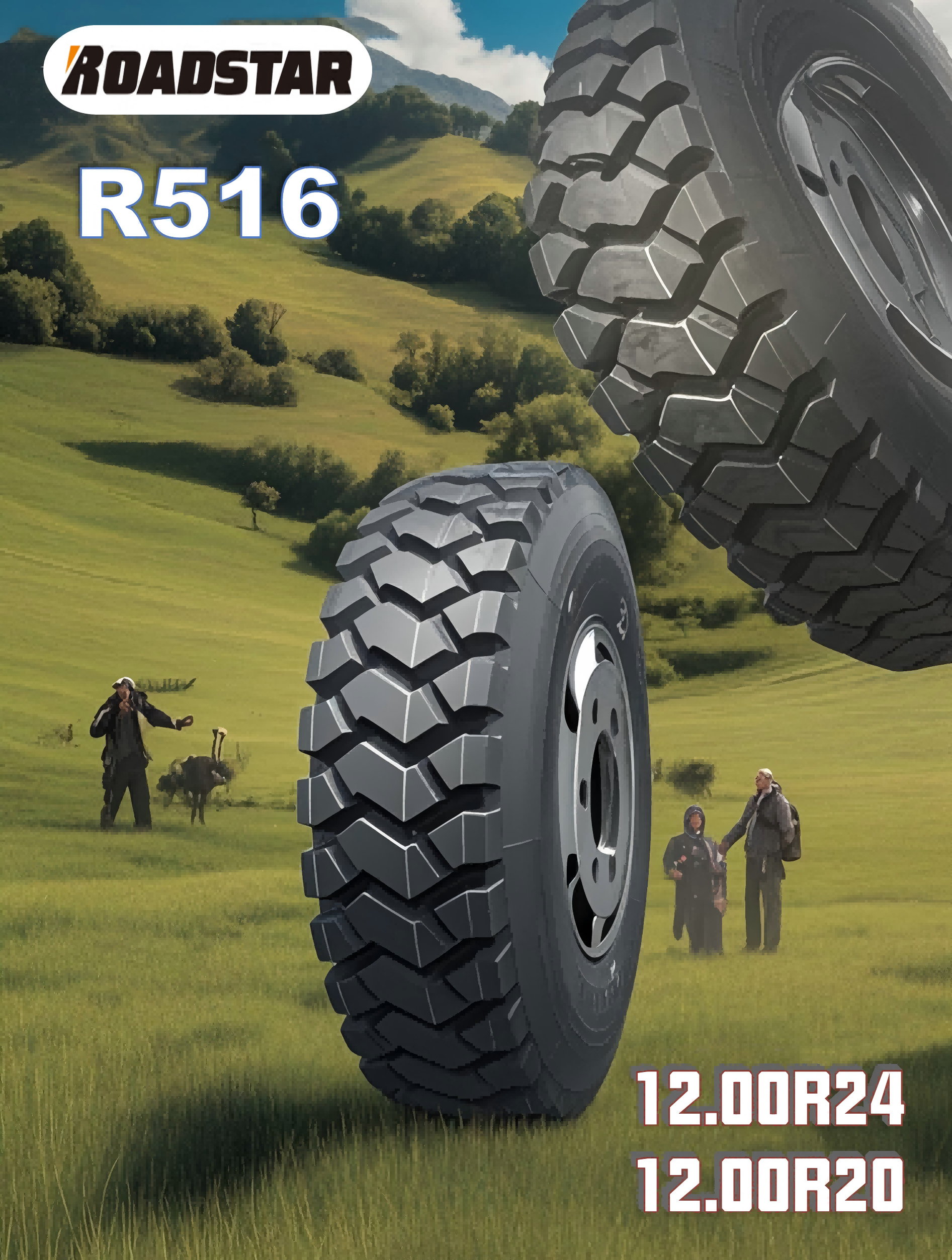 **ROADSTAR Launches R516 Pattern, a Robust Tire Solution for Mining Applications**
**ROADSTAR Launches R516 Pattern, a Robust Tire Solution for Mining Applications**
Nov .12.2025
ROADSTAR Tires is proud to introduce its latest innovation, the R516 pattern, engineered specifically to withstand the extreme demands of mining operations. This new product line is set to enhance productivity and safety in some of the world's most challe
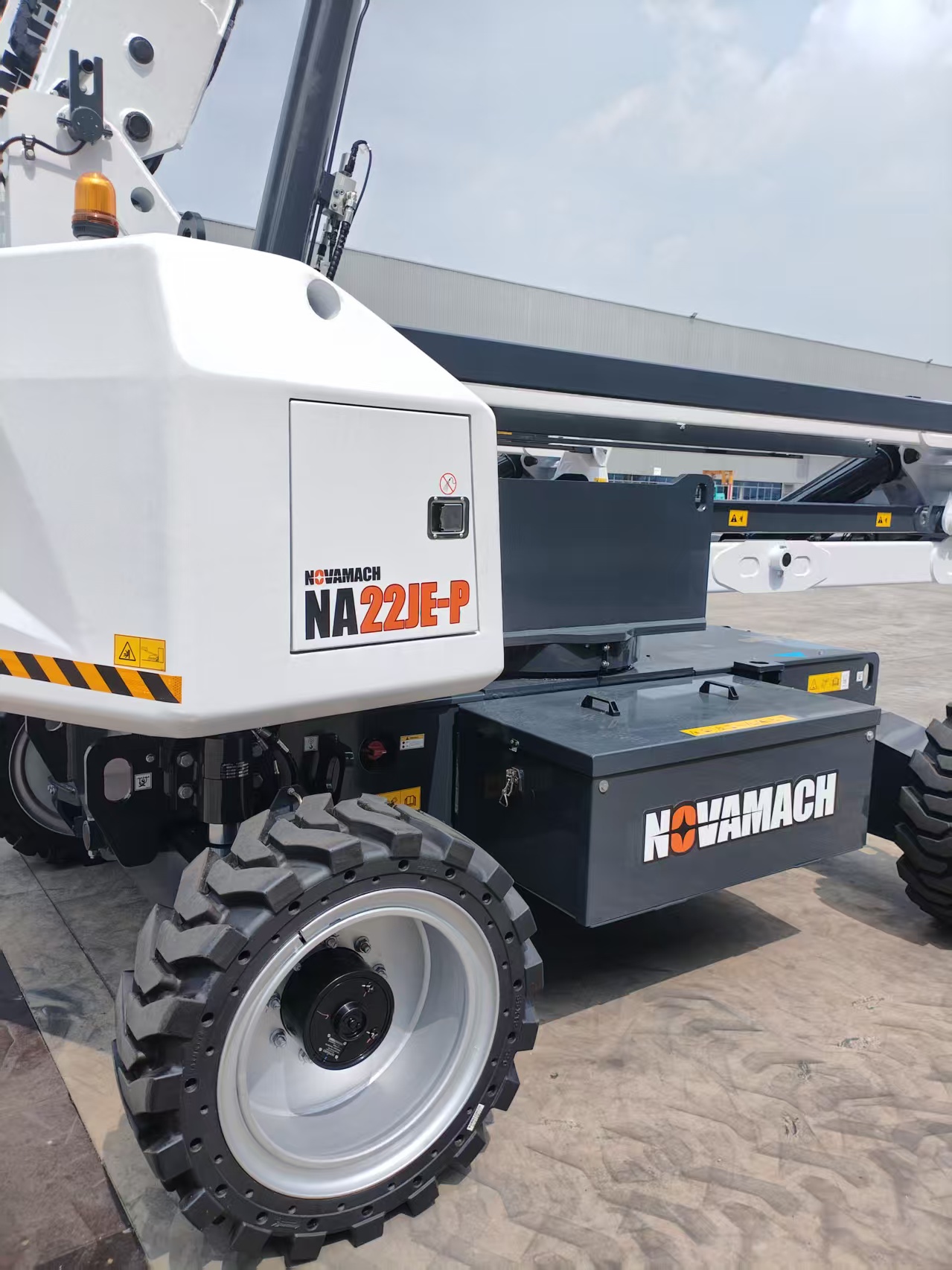 KELUCK TYRE Solid OTR Tires Successfully Enter the European Market, Gaining Acclaim in Belgium
KELUCK TYRE Solid OTR Tires Successfully Enter the European Market, Gaining Acclaim in Belgium
Oct .31.2025
This achievement reinforces KELUCK TYRE's position as a growing global force in the specialty tire industry, dedicated to delivering products that empower businesses worldwide
 Burkinabe Client Visits KELUCK TYRE, Strengthening Partnership with Landmark Order
Burkinabe Client Visits KELUCK TYRE, Strengthening Partnership with Landmark Order
Oct .23.2025
"This successful visit and immediate order are a powerful endorsement of our product quality and customer-centric approach," said a spokesperson for KELUCK TYRE. "Reaching ten partners in Burkina Faso is not just a number; it represents ten strong, mutual
 Qingdao Keluck Tyre Co., Ltd. Celebrates 76th Anniversary of the People's Republic of China
Qingdao Keluck Tyre Co., Ltd. Celebrates 76th Anniversary of the People's Republic of China
Sep .28.2025
Celebrate China: 76 Years of Pride & Joy!

